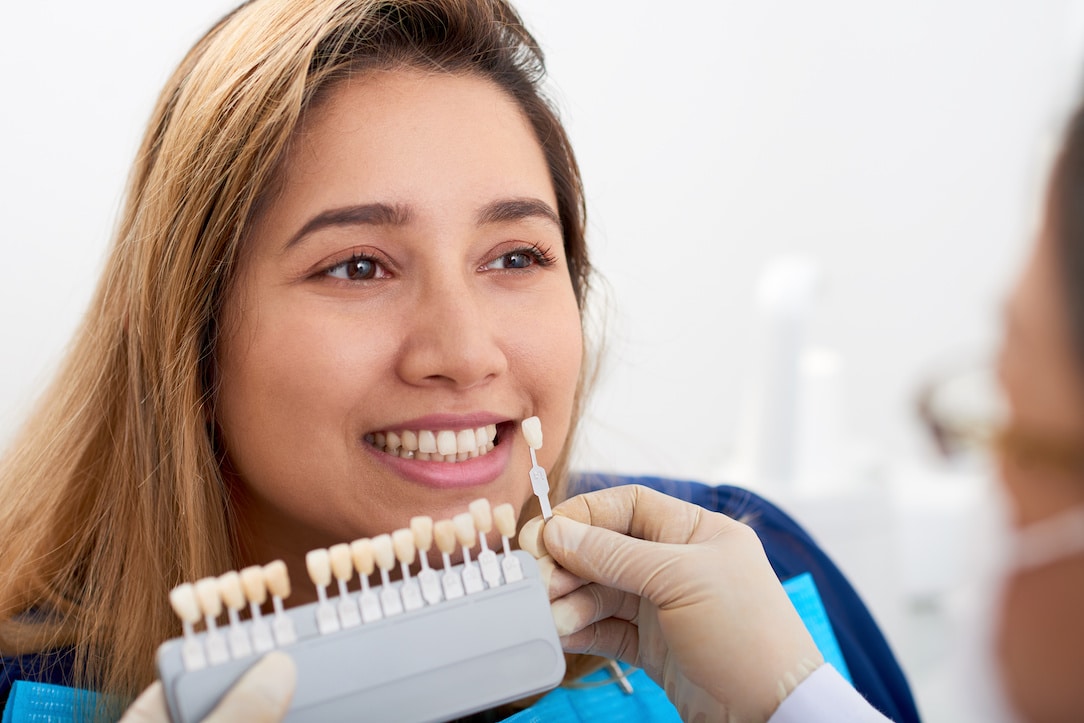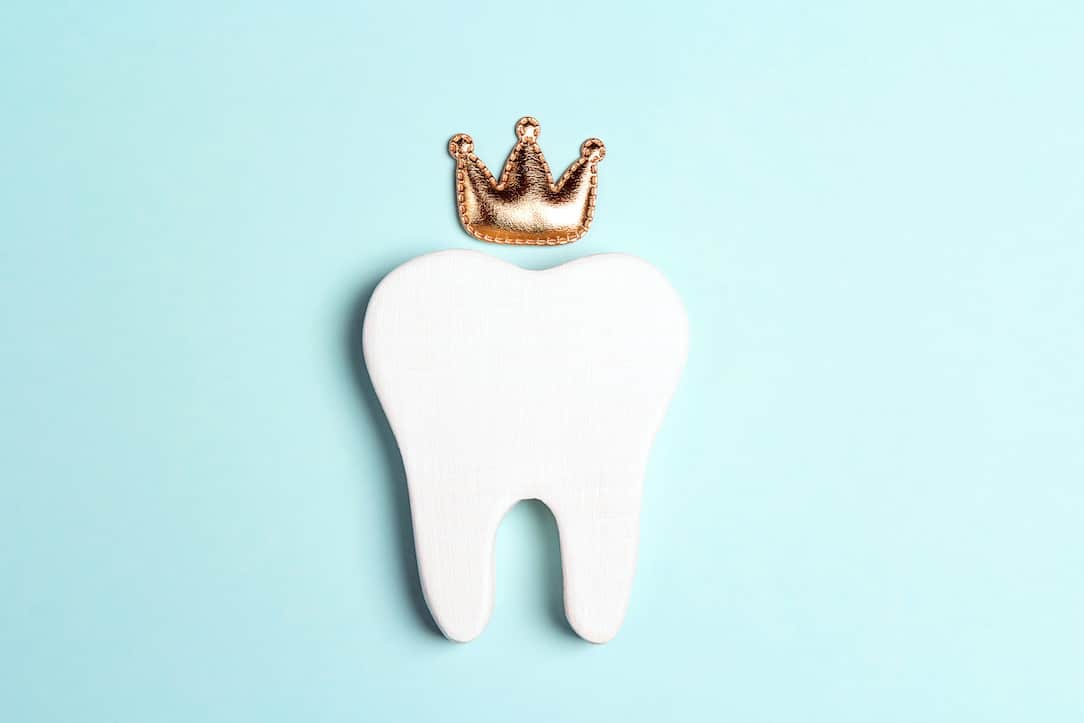
Is vaping bad for your smile?
It’s no secret that smoking and chewing tobacco is a habit that is bad for your both and your mouth. Smoking cigarettes can dramatically increase one’s risk of developing oral and lung cancer, while also contributing to the development of problems such as periodontal disease and chronic bad breath. But what about e-cigarettes? E-cigarettes, also known as vaping pens, have become incredibly popular over the last few years, but are they better for your mouth and body?
Nope! Dr. Ania Mohelicki of Boulder, Colorado educates patients on ways to keep their smiles healthy. This includes not only stopping the use of chewing tobacco and smoking cigarettes, but ditching e-cigarettes as well. Vaping is bad for your teeth and gums just as traditional cigarettes are. Vaping is seen as a healthier alternative to smoking cigarettes as there is no tobacco, but this isn’t exactly true! E-cigarettes still deliver nicotine, but do so with a vapor or “aerosol” that is often flavored. This water vapor is seen as harmless, but it’s not. It also includes metals and chemicals that have been proven to link to heart disease, respiratory disease, and cancers. This means that there is a health risk to vaping as well as smoking cigarettes or chewing tobacco.
Vaping and your smile
Many patients who are considering the switch from cigarettes to vape pens may want to ask Dr. Ania Mohelicki about the impact it can have on their teeth and gums. Below are just a few of the problems that can occur with vape pen use:
- Receding gum tissues
- Dry mouth (poor saliva flow)
- Increased bacteria (and increased gum disease risk)
- Bruxism (clenching and grinding)
- Tooth decay
In addition, patients may experience:
- An increased risk of heart disease
- Poor immune system
- Damage to the lungs
- Damage to blood cells
- Increased cancer risks
Discuss your dental needs with Dr. Ania Mohelicki
Boulder, Colorado area patients ready to improve their oral health and start practicing good habits are welcome to book an appointment with our dentist to discuss their options. The office is located at 2919 Valmont Road, Suite #106 and accepts new patients who call for an appointment at 303-443-0998.











